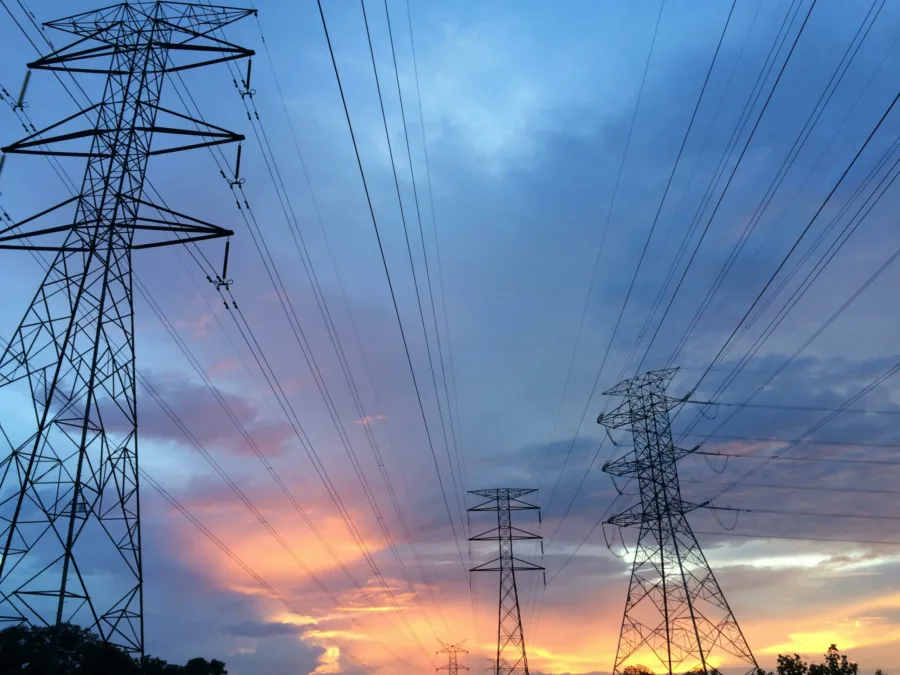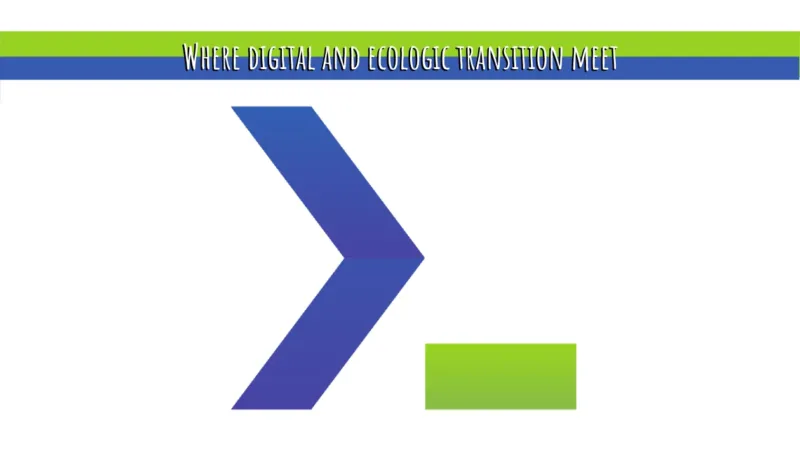The crucial role of Italy in the Geopolitical History of Power Lines and Energy Transition
In this article, we will explore the main milestones of Energy Transition, analyzing the policies and strategies adopted over time. The energy transition is a crucial step in addressing the challenges of climate change and energy security.
Italy, with its strategic location in Europe and rich history of technological and industrial development, has played a key role in shaping the Geopolitics of Electricity Grids.
In this article, we will explore the key stages of Italy’s energy transition, analyzing the policies and strategies implemented over the years.
The Evolution of Electrification: from Santa Radegonda to Enel up to nowadays
The move towards electrification in Italy began as early as the late 19th century, with the construction of the first thermoelectric power plant at Santa Radegonda in Milan, inaugurated in 1883.
As a result, Italy was the first country in the world to establish a national transmission system with the inauguration of the national ENEL grid in 1962.
In recent decades, Italy has continued to invest in the expansion and modernization of its electricity grids. However, it has also faced several challenges related to the geopolitics of electricity grids:
- Dependence on external suppliers for electricity imports
- The need to coordinate and collaborate with neighboring countries to ensure an equitable and efficient distribution of energy
- The need to adapt to new technologies and address environmental and climate challenges
Energy evolution: a historical perspective on Italy’s Transition to Renewable sources
The four phases of the development of electricity systems represent a long and complex journey, marked by significant changes in the structure and organization of the system, ultimately making Italy one of the leaders in the electricity sector in Europe.
1. Dependence on Fossil Fuels in the 1940s and 1950s:
The first phase of Italy’s energy transition began in the 1940s and 1950s with the opening of the first coal- and oil-fired thermal power plants.
Italy was heavily reliant on coal, oil, and natural gas to meet its energy needs. Therefore, this phase was characterized by a strong dependence on fossil fuels, with limited use of renewable energy sources.
2. The Transition to Sustainable Energy in the Post-War Period:
The second phase occurred during the post-war reconstruction period when it became necessary to strengthen the country’s energy infrastructure to support economic and industrial growth.
During this time, the first high-voltage powerlines were developed, and major power plants were built.
From the 1960s onward, with the introduction of the first energy laws and the establishment of research bodies such as ENEA, Italy began to recognize the need to diversify its energy mix and reduce greenhouse gas emissions.
By the 1980s, incentives were introduced for the production of energy from renewable sources such as photovoltaics and wind, and the first experiments in nuclear energy began.
In the 1990s, following the Chernobyl disaster, Italy decided to abandon nuclear energy and focus on the development of renewable energy sources.
This transition was characterized by an increasing push to reduce fossil fuel use and adopt more sustainable energy sources.
3. The Introduction of the Free Market in the 1990s
The third phase in the development of Italy’s electricity system was marked by the liberalization of the electricity market.
This shift opened up the market: new operators entered the scene, and the separation between energy production, transmission, and distribution was implemented, promoting competition and improving efficiency in the sector.
Additionally, significant investments were made to upgrade and modernize the electricity grids. These investments helped improve service quality and reduce energy waste.
4. Integration of Renewable Sources in the Current Energy Transition
The fourth phase of Italy’s electricity system development is currently underway, focusing on integrating renewable energy sources and transitioning to a more eco-friendly energy model.
In this context, major investments are being made in the construction of wind, solar, and hydropower plants to increase clean energy production and reduce greenhouse gas emissions.
By 2050, the European Union aims to create a fully integrated and interconnected electricity grid, capable of ensuring a secure, sustainable, and economically advantageous energy supply for all European citizens.
This goal requires significant investments in infrastructure and innovative technologies, as well as greater cooperation and coordination among member states.
Conclusion
In conclusion, the four phases of Italy’s electricity system development have helped position the country as a leader in the energy sector, thanks to the introduction of new technologies, modernization of infrastructure, and the promotion of sustainable solutions.
Italy’s commitment to achieving climate neutrality by 2050 and its promotion of an integrated and interconnected European electricity grid demonstrate the country’s determination to contribute to a global and sustainable energy transition.



